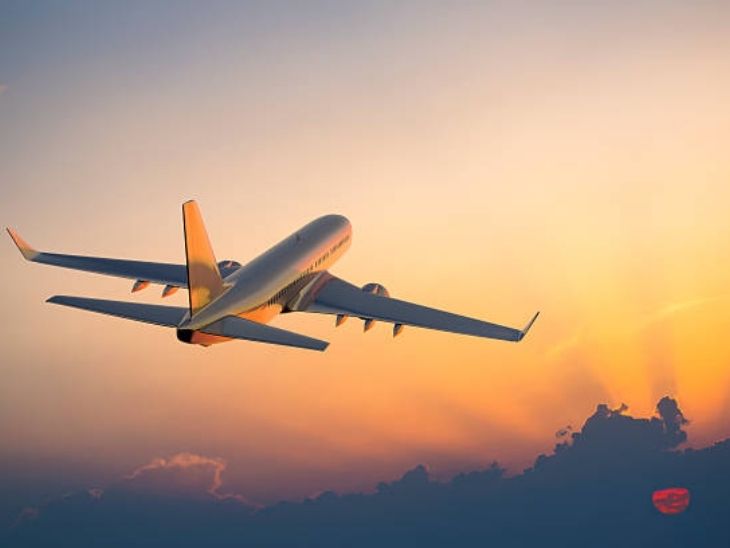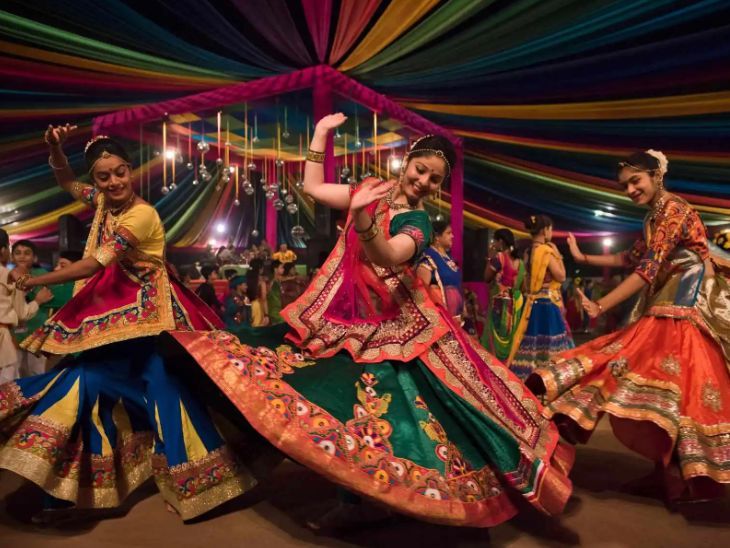New Delhi2 minutes agoAuthor: M. Riyaz Hashmi
- Copy link

There has been a historical change in the civil flyer system of India. The Directorate General of Civil Aviation (DGCA) has implemented indigenous flight qualification rules.
Now the security of air travelers in India is not based on Europe or international standards, but according to Indian conditions, technical needs. With this revenge, India will also be established as a rule maker nation.
According to the indigenous flight qualification Code, till now we had to get approval from the European Aviation Safety Agency (EASA) or Joint Aviation Requirements (JAR-21) for the design of the aircraft and its parts, but now only India and the standard India will decide. Factors will also be installed for their construction in the country.
300 -hour fly testing required for certification
Any new engine or propeller will have to undergo at least 300 hours of fly testing before certification. The first EASA and JAR-21 could change the testing hours in the framework according to the aircraft type, configuration and risk category. But India has fixed it at a minimum of 300 hours.
It will be mandatory for the company to report to the DGCA within 72 hours if any aircraft or its part gets a malfunction or unsafe situation. The DGCA’s type certificate of any aircraft company will continue as long as it follows the Indian rules.
Such are the rules: Prototype of every aircraft will have to be made
- According to Indian rules, prototypes (samples) of every new aircraft have to be made. If there is a new aircraft, engine or propeller, the company will have to give a certification program to the DGCA.
- Special flights will be allowed only for test flights, delivery, export, air shows or repair work from factory to customer. Earlier this was not clear.
- Separate Rules for Electric Air Taxi or Passenger drone AEAC: 01-2024 applied. That is, Indian startups for their testing will be able to work on the basis of Indian certification without directly dependent on the standards of EASA and JAR.
- This will strengthen the concept of rapidly growing advanced air mobility (AAM) in the country. That is, in the coming years, air taxis will be easily started to avoid traffic jams in big metro cities like Delhi and Mumbai.
- If a drone, aircraft design is new or unique, DGCA can impose additional conditions.



